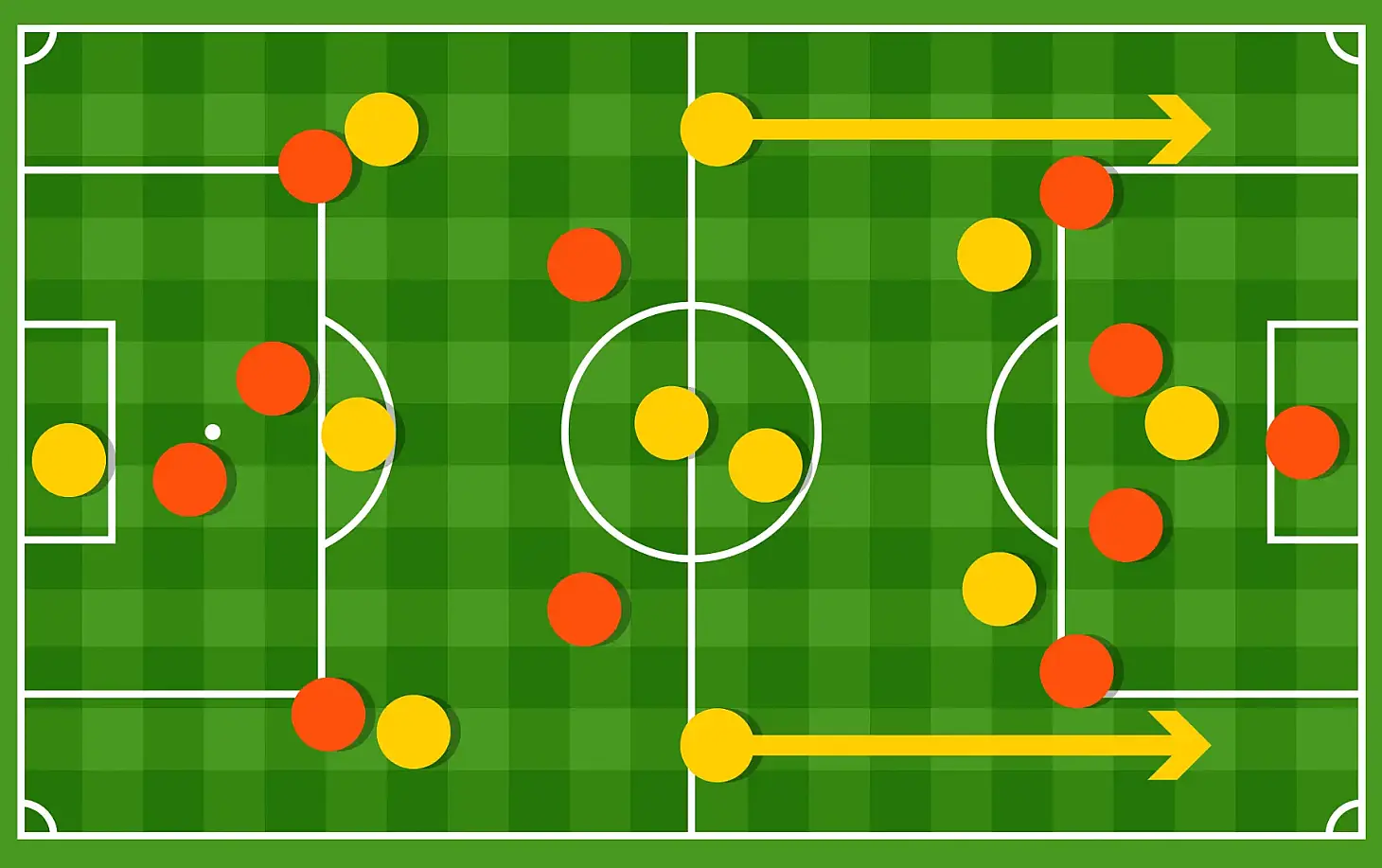How Do Three- and Four-Man Defensive Lines Differ in Football?
In modern football, formations play a crucial role in maximizing a team's strengths and exploiting the weaknesses of the opponent. Two commonly used defensive systems are the three-man and four-man defensive lines. Each of these formations has specific characteristics and tactical requirements, making them suitable for different playing styles.
Number of Defenders and Basic Structure
A three-man defensive line consists of three central defenders. This formation offers flexibility and strong central coverage but can leave the flanks exposed if the wing-backs fail to track back defensively. In contrast, a four-man defensive line consists of two central defenders and two full-backs, providing a wider defensive coverage and better control of the flanks.

Spatial Coverage and Use of Width
The three-man defense is often more vulnerable to quick central attacks, requiring strong coordination between the three center-backs. This system relies on wing-backs, who must transition dynamically between attack and defense to maintain width. The four-man defense, on the other hand, benefits from the positioning of full-backs, offering more consistent coverage of wide areas, making it especially effective against teams that rely on wing play.
Flexibility and Offensive Dynamics
A three-man defense provides greater tactical flexibility. Depending on the game situation, the wing-backs can drop deeper to form a five-man defensive line or push higher to support the midfield in attack. This adaptability is particularly useful for adjusting to different phases of the game. The four-man defense, on the other hand, provides a more stable defensive structure, with full-backs occasionally joining the attack. However, this increases the risk of counterattacks if possession is lost.

Vulnerability to Crosses and Defensive Coordination
A three-man defensive line can be more vulnerable to crosses, as large spaces may open up when the wing-backs push forward. Conversely, teams using a four-man defense are generally better equipped to handle aerial threats due to the permanent presence of full-backs. Both formations require strong defensive coordination and communication to effectively respond to the opponent’s movements and adjust the shape accordingly.
Summary
The choice between a three-man and four-man defensive line largely depends on a team’s preferred style of play. A three-man defense offers more offensive flexibility and dynamism, but it is defensively vulnerable to quick central attacks and crosses. A four-man defense, on the other hand, ensures a more solid defensive base, provides better control of the flanks, and is well-suited for structured attacks. Both formations have their advantages, requiring specific player profiles and tactical discipline to be effective.
Each system has its strengths, and the decision to use one over the other depends on a team’s tactical priorities, available personnel, and game strategy.






